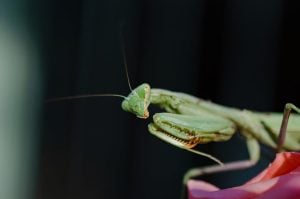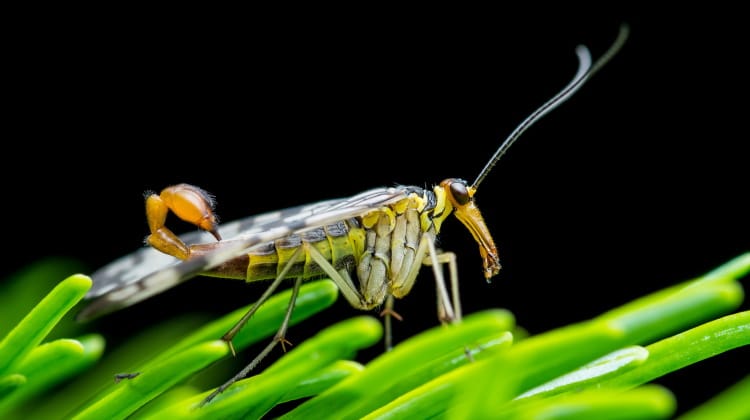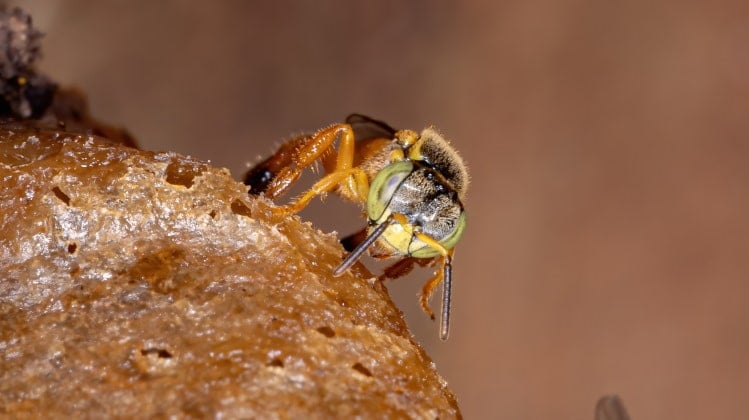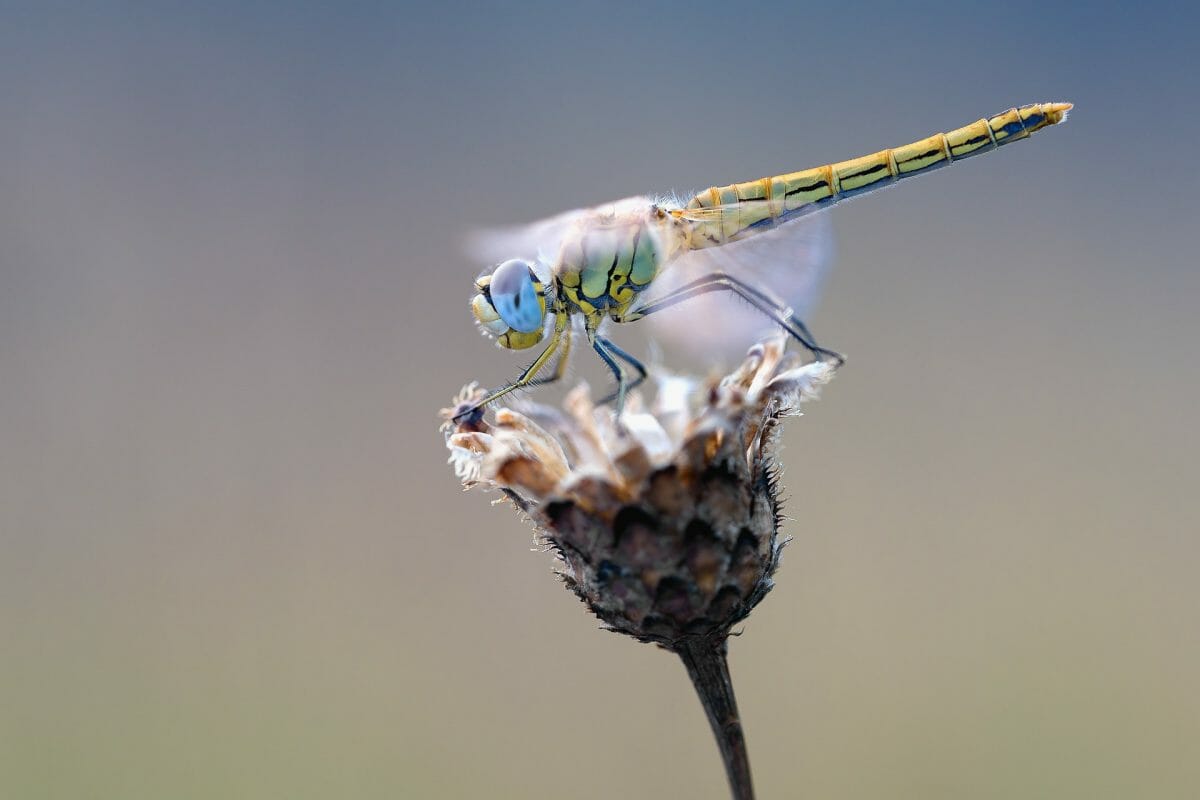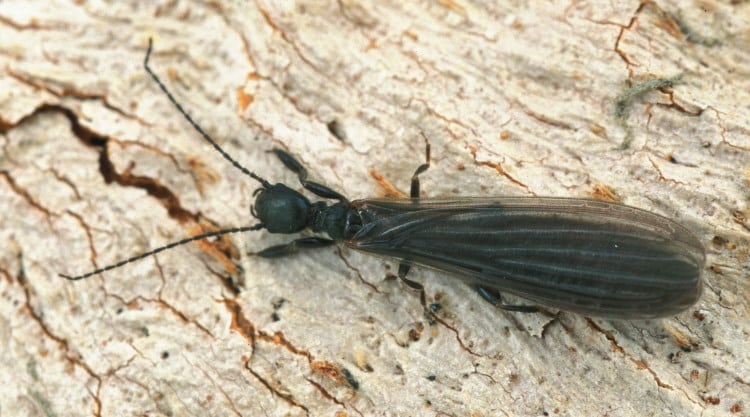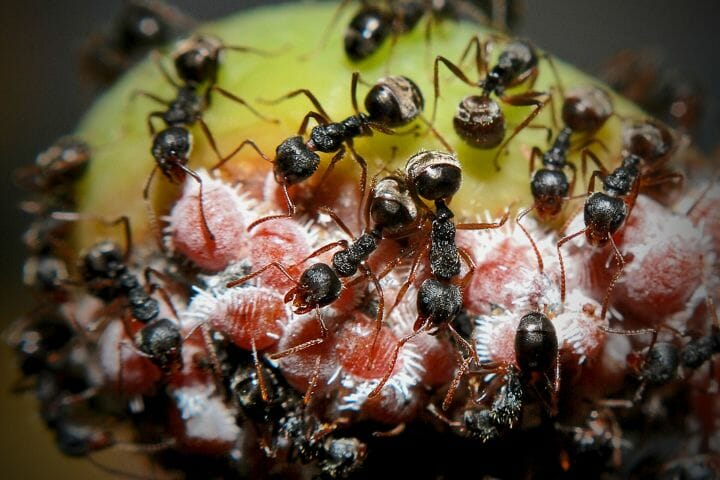What Stages Do Insects Have That Mammals Don’t?
What Stages Do Insects Have That Mammals Don’t And Why
Insects are invertebrates, meaning they lack a backbone. Mammals, however, are vertebrates. They do have a backbone.
Backbones aside, insects also display certain life stages that mammals do not.
One of the most important stages in the animal kingdom that insects have but mammals do not, is metamorphosis.
Let’s learn more about what stages do insects have that mammals don’t in this article.
What Is Metamorphosis?
Metamorphosis is the change from egg to adult form. The change can be extreme and rapid, and the animal may experience physiological and morphological changes.
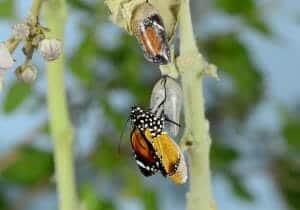
Almost every insect population on Earth (at least, the ones we know of) undergoes some form of metamorphosis.
Mammals do not go through metamorphosis.
Hormonal changes within the body trigger metamorphosis. These hormones can cause drastic and sudden behavioral changes in some animal species.
There are two forms of metamorphosis: incomplete metamorphosis and complete metamorphosis.
Incomplete Metamorphosis
Incomplete metamorphosis really is what it says it is – a partial change in morphology and physiology.
Incomplete metamorphosis has three stages: egg, nymph, and adult.
Grasshoppers are a prime example of insects that undergo incomplete metamorphosis.
As with most other insects, grasshoppers start life as an egg. When they hatch, they resemble miniature versions of an adult. This is called the nymph.
Nymphs lack wings and have a very thin exoskeleton. As they continue to feed, they soon outgrow their exoskeleton.
Did you Know?
Unlike mammalian bones, an insect exoskeleton cannot grow. As insects get bigger, they must molt their exoskeleton several times before adulthood. Metamorphosing insects are referred to as instars.
Over time, the insect will reach maturity, and its wings will develop. The exoskeleton hardens, and an adult insect is formed.
Other insects exhibiting incomplete metamorphosis include bugs, mantids, and cockroaches.
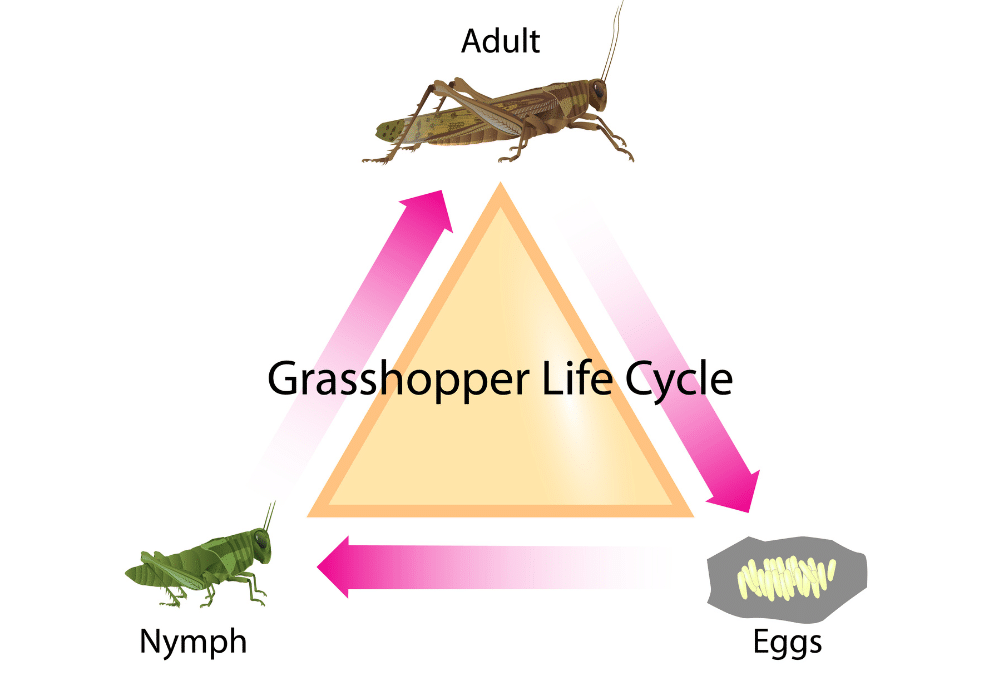
Incomplete metamorphosis, showing development from eggs into instars and finally, adult stage.
Complete Metamorphosis
Complete metamorphosis is, you guessed it, the complete morphological and physiological change in an animal.
There are four stages to complete metamorphosis. At each stage, the developing instar looks incredibly different.
Related articles:
Similarly to incomplete metamorphosis, the first stage begins with the eggs. From the egg, soft, worm-like larvae emerge.
The primary purpose of the larval stage is for the insect to grow. They gorge themselves on food, gaining their body weight several times daily!
Suitably fed, the larva enters stage three of complete metamorphosis: the pupa.
The larva will cocoon itself within a hard casing or pupa.
From the outside, not much appears to be happening. Has the insect just died?
On the contrary. Within the pupa stage, a natural wonder occurs. The organic material from the larvae completely breaks down, leaving a gooey, soup-like mess.
The insect must be dead, surely?
Nope. Larval tissues and organs are re-structured. Miraculously, the organs do not break down completely and retain certain information. A bit of renovation, if you will.
Finally, an adult will emerge from the pupal stage. The adult insect will stretch itself out in the sun and allow its newly formed exoskeleton to harden before taking on life in its new form.
Flying insects like moths and butterflies, bees and wasps, ants and beetles go through this process.
Complete metamorphosis, showing the development from eggs to adult form.
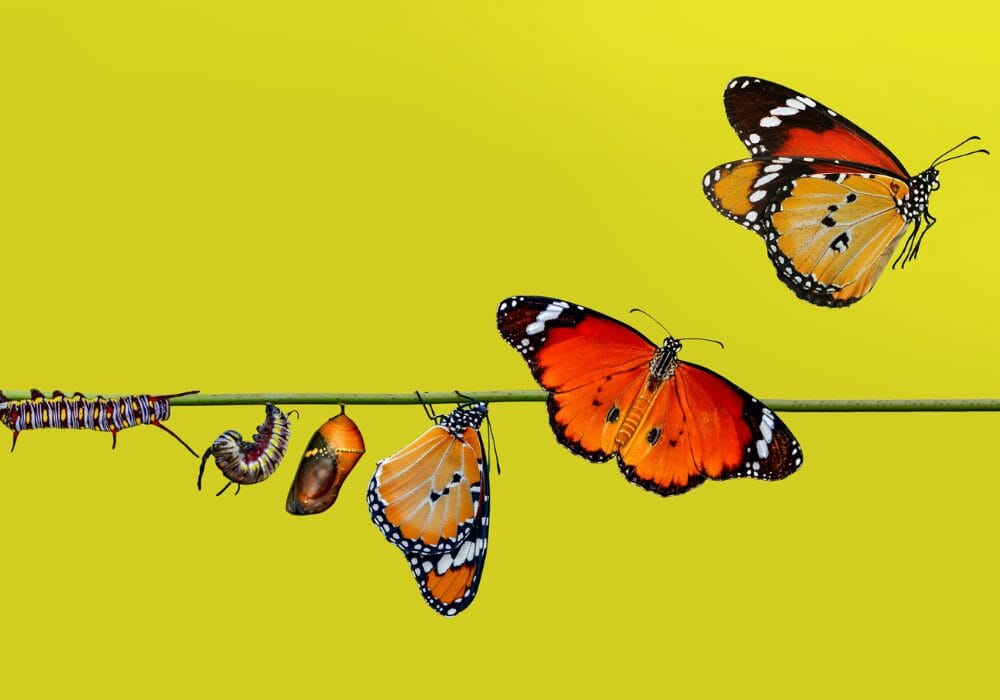
Why Did Metamorphosis Evolve?
This has caused quite a conundrum. No one really knows why complete metamorphosis evolved. But that hasn’t stopped scientists from hypothesizing.
One possible explanation is to reduce competition. At each stage of life, the developing instar fills a certain ecological niche.
Their diet is different. Their habitat is different. This means less competition with adults for food and space.
Take the butterfly, for example.
As a larva, the caterpillar happily munches on leaves and shrubbery, uninterested in mating. As an adult, butterflies flit between flowers, trying to find a mate.
Conclusion
Metamorphosis is a life stage that insects have, but mammals do not.
There are two forms of metamorphosis: incomplete and complete.
Metamorphosis may have evolved to reduce competition between old and young insects.

Jack is a zoologist and author from the UK. After graduating from university, he moved to Costa Rica to study sea turtle nesting behavior. He quickly fell in love with the country and soon began to work at a rescue center for native Costa Rican wildlife. He specializes in human-wildlife conflicts and how humans can sustainably coexist with nature. He has rescued and raised orphaned monkeys, sloths, and coatis.
Disclaimer
Earthlife.net does not provide medical advice. We do our best to help users understand the science behind living beings; however, the content in the articles and on the website is not intended to substitute for consultation with a qualified expert. By interacting with the website and/or our email service, you agree to our disclaimer. Remember that you must consult a specialist before using any of the products or advice on the web.

